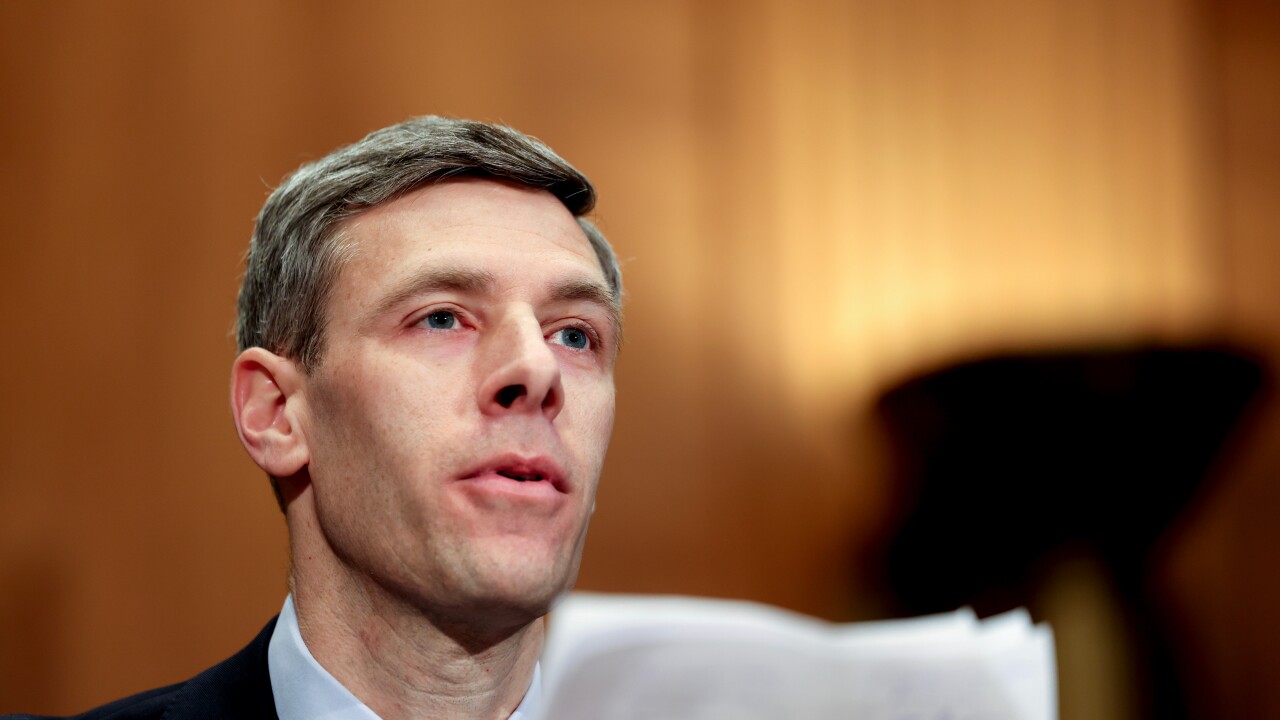There was something invigorating about 2018's third-largest bank deal.
The leadership of WSFS Financial in Wilmington, Del., had a lofty goal in mind when it agreed to pay $1.5 billion for the $5.7 billion-asset Beneficial Bancorp.
Yes, the acquisition will give the $7.1 billion-asset WSFS a big boost across Philadelphia. And shareholders should benefit over time. But WSFS executives were more enthused about using a portion of the deal’s expense savings to fund an ambitious five-year, $32 million
“This gives us not only the opportunity, but also the catalyst and the push to do it well, do it boldly and do it on an accelerated basis,” Mark Turner, the company’s chairman, president and CEO, said in an interview.
Merger announcements typically follow a tried-and-true formula. Bank A buys Bank B, cuts staffing and branches and leverages a lower cost structure to report higher profit.
What is refreshing is Turner's long-term view of banking.

Closing branches isn't enough. Successful banks must upgrade technology, add digital channels and move away from a branch-heavy business model. Turner made that clear when he stated that the Beneficial deal wasn't overly compelling absent the tech investment.
“WSFS is being very forward-looking in terms of thinking about alternative delivery systems and devoting a large portion of their cost savings to it,” said Kenneth Thomas, president of Community Development Fund Advisors.
The approach also seems to be an acknowledgment that WSFS and Beneficial need to change how they reach customers, said Chris Marinac, an analyst at FIG Partners. While it is fairly common for a bank to use incremental revenue from a deal to fund internal investments, WSFS is being more candid about its intentions.
“Life is simpler if we just lay it out there and describe what we're trying to accomplish,” Marinac said.
The strategy was hatched from a road trip Turner took in late 2016. Over three months, he logged more than 44,000 miles visiting a vast array of U.S. companies to learn about their technology strategies.
Turner and his team did their homework before pursuing the strategy. The company's
About 80% of consumers already use digital channels to engage with a bank. More than 60% want to use digital channels to open a bank account or apply for a loan. And roughly two-thirds of consumers believe experience is the most important consideration when opening a bank account.
The statistic that really stands out: Over a five-year period, digital sales could boost a bank's revenue by 40% or more in the most progressive markets and customer segments.
To be sure, there are several reasons why bankers might be reluctant to replicate the WSFS approach.
Clearly, not all banks have the ability to do M&A deals, even those with substantive cost savings. But most, if not all, banks got a boost earlier this year when tax reform savings started to make their way to the bottom line.
Those tax savings could fund tech upgrades.
Technology improvements can also be daunting, spurring more questions than answers. Where do you start? Where should the focus be? What outside firms, in any, should be hired?
WSFS management has laid out a blueprint for overwhelmed bankers.
The technology initiative will focus on four areas: customer experience, risk management, workflow automation and its data platform. Executives said that the primary goal is to create a more cohesive experience across the company’s delivery channels. The combined company will cut about a quarter of its branch footprint to fund the updates.
Bankers are notoriously risk averse and an ambitious tech project certainly has potential pitfalls. Vendor risk is a concern. Missteps during an upgrades can lead to crippling glitches — look at the high-profile,
WSFS will face pressure to check, and double-check, its improvements. Technology moves quickly, so the company will have to be sure it upgrades systems before the plans are outdated. Vetting outside providers should be a careful, meticulous process.
Still, Turner and his team deserve credit for acknowledging that the model must change and for taking decisive steps to make that change happen.
We will be watching for updates on the technology plans. Other banks should take notice, too.
Bankshot is American Banker's column for real-time analysis of today's news.





